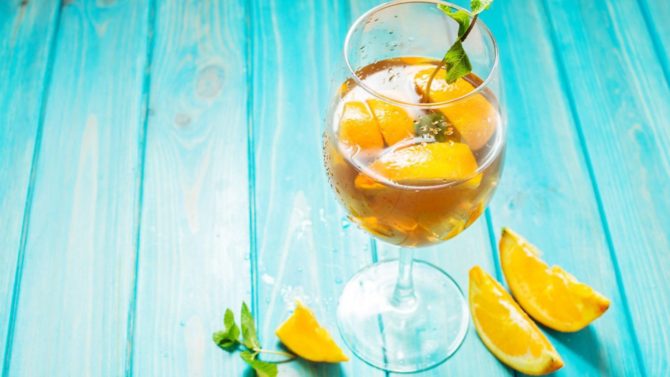3 French Drinks You Should be Making Cocktails With

Looking for some cocktail ingredients to jazz up that summer barbecue and impress your guests? Learn all about the origins of three unusual French alcoholic drinks

Chartreuse
This feisty liqueur comes in a yellow and a green variety – the green is stronger in alcohol. When the Carthusian monks of Chartreuse near Grenoble left France in 1793 after the Revolution, they took with them a copy of their recipe for liqueurs, but left the original behind, with one of their brothers. Owned for a while by a private company, the monks regained ownership of the distillery in 1929 and set about starting up production once more. The distillery is open for free tours and tastings.
Made from an assortment of herbs reputedly beneficial to health, the taste is an acquired one – strong, sweet and undeniably “green”. Most frequently used in hot chocolate for the snowy mountain favourite “green chaud”, it also works well in the summer alongside gin to give a twist to the super-popular Negroni.
www.chartreuse.fr
Bénédictine
Another herb-based liqueur thought to have monastic origins, Benedictine came into its own when in 1888 Alexandre Le Grand lived up to his name and commissioned a sumptuous palace in Fécamp, Normandy in which to house his burgeoning liqueur empire. The building burnt down in 1892, but Le Grand rebuilt, even larger and more opulent than before. The flamboyant building still houses the brand’s distillery as well as a museum which is well worth a visit.
The flavour is herbal and sweet, lending itself to either being drunk “on the rocks” or as a cocktail ingredient. Combined with lemon juice, honey, orange bitters and egg-white it makes a great summer drink known as a Monk’s Sour.
www.benedictinedom.com

Calvados
Say brandy and most people think of Cognac or Armagnac, but Calvados is fast catching up to its southern counterparts in popularity. Made from apple spirit – a bi-product of the cider industry- rather than grape spirit, Normandy’s favourite after-dinner tipple varies enormously in age and sophistication. An interactive an informative new museum, The Calvados Experience in Pont l’Évêque tells the tale of the spirit, while tastings and a shop are also available.
Younger Calvados makes a good addition to complex cocktails, whereas more mature vintages are best enjoyed on their own, much as a fine cognac would be. Combine Calvados with lemon juice and another French liqueur favourite, Cointreau, for a Calvados Sidecar.
www.calvados-experience.com
www.calvados-tourisme.co.uk
Share to: Facebook Twitter LinkedIn Email


